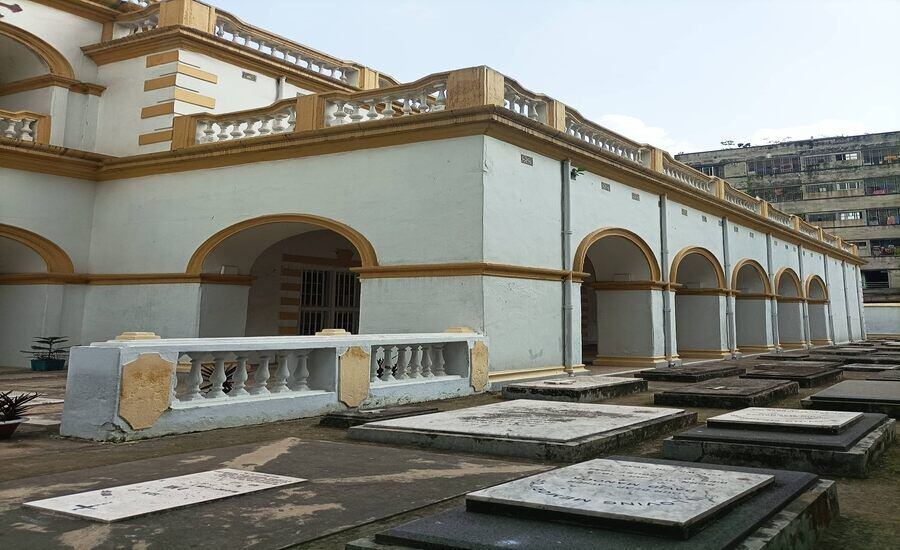The Armenian Church of the Holy Resurrection is a historic church located in the heart of Old Dhaka, Bangladesh. Built in 1781 by the Armenian community in the city, it is one of the oldest surviving churches in Dhaka and a significant example of Armenian architecture in South Asia. This is an important spot to visit offered by the tour operators for Dhaka tours.
The church was constructed at a time when the Armenian community in Dhaka was thriving, with many members involved in the lucrative trade industry. The church was designed by Armenian architect Sarkies Zadoorian and was built using locally sourced materials, including red brick and limestone. The architecture is a blend of Armenian and European styles, with a central dome and two bell towers flanking the entrance.

The interior of the church is equally impressive, with intricate wood carvings, stained glass windows, and a marble altar. The church also features a number of unique artifacts, including a 17th-century Bible in Armenian and a rare Armenian cross-stone known as a khachkar.
The Armenian Church of the Holy Resurrection has played an important role in the history of Dhaka, serving as a gathering place for the Armenian community and a symbol of their cultural heritage. Over the years, the church has undergone a number of renovations and restorations to ensure its preservation, including a major restoration in the 1990s funded by the Armenian government.
Today, the church remains an active place of worship for the small Armenian community in Dhaka and is also a popular tourist attraction, drawing visitors from around the world to admire its beauty and learn about its rich history. The Armenian Church of the Holy Resurrection is a testament to the enduring legacy of the Armenian community in Dhaka and a shining example of their architectural and cultural contributions to the city.
Update: Now, the church is an inactive place for worshipping. You can visit it and sign the visitor’s book.
